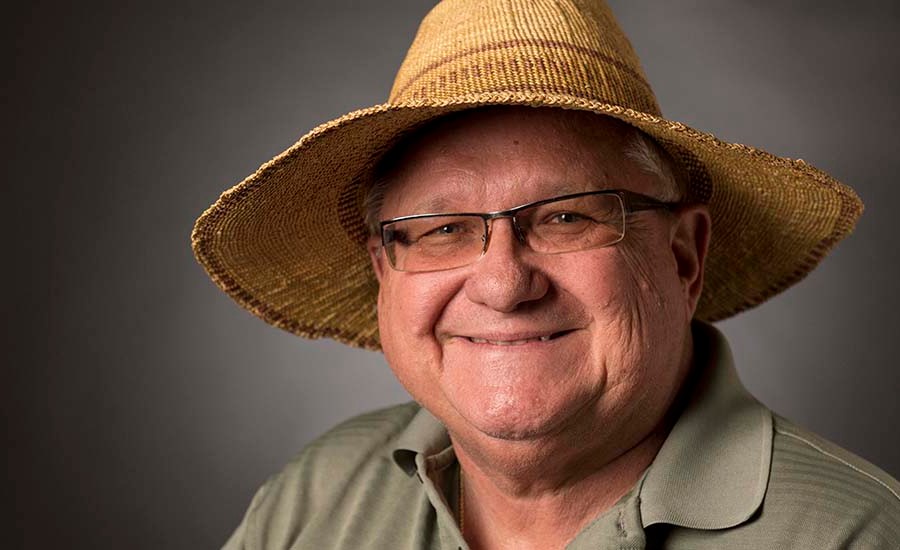We planted what we thought was a lime tree around 10 years ago. Now we have a 20-foot-tall, nicely shaped tree bearing an unknown fruit.
- Home
- >> Local
- >> Local Columns
Bob Morris

Bob Morris is a horticulture expert living in Las Vegas and professor emeritus for the University of Nevada. Visit his blog at xtremehorticulture.blogspot.com. Send questions to Extremehort@aol.com.
Recently, one of my walls of star jasmine has been struggling with dry and dull green leaves.
They were in bloom when we planted them five or six years ago, and they bloomed the following year as well. But they have not bloomed again.
A tree in my front yard was damaged by the wind a couple of weeks ago, and I need to have a new tree planted.
Are there any chestnut trees that can grow well in our hot climate and produce edible chestnuts? What kind of upkeep would it require?
If we can catch these flat-headed borers in the early stages, we can sometimes clean up the tree’s limbs, using a sharp, sanitized knife.
Water deeply enough that trees and shrubs can make it until the next time you are allowed to water.
The correct amount of water to apply depends on the size of the plant and the number of days between irrigations.
It can be confusing to tell the difference between abiotic and biotic diseases just with your eyes. Plant disease symptoms are typically not very specific.
When to water next depends on the tree. Desert trees allow for soil to be dry between waterings. But trees from wetter climates can’t tolerate such dry soil.
We initially thought it was sun scorch. But patches have also appeared on the sides of the saguaro that get little direct sun.
Desert landscapes need additional deep watering only three or four times each year. Give them deep watering when the air temperatures get hot — don’t wait.
We know that purple leaf plum cannot handle the heat in certain locations, particularly south and west exposures.
Our neighbors are redoing their front yard landscaping, which includes removing a 17-year-old Mediterranean fan palm. They have offered it to us.
Keep in mind that all cactuses are not the same. Some are from different places (your exotic varieties) while others are from the Southwest.






















